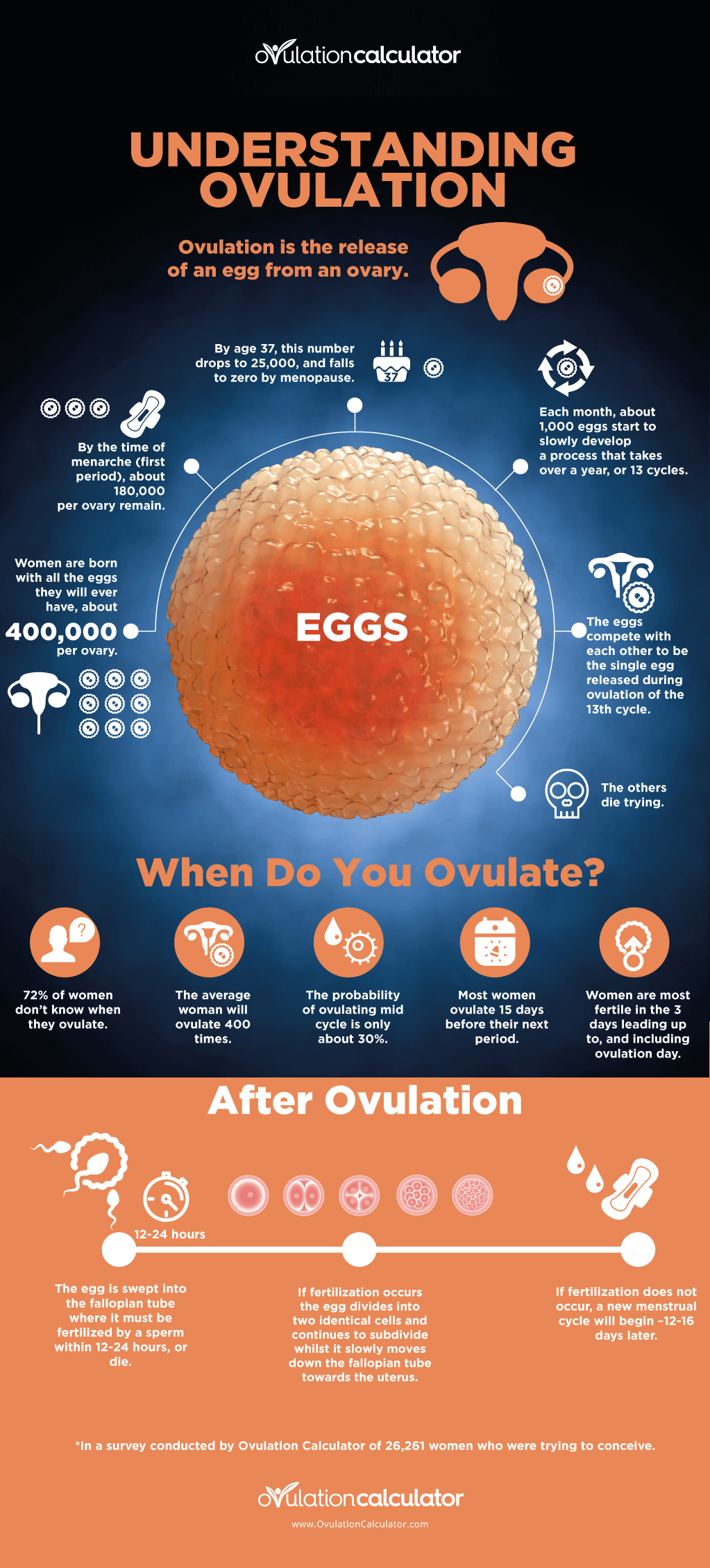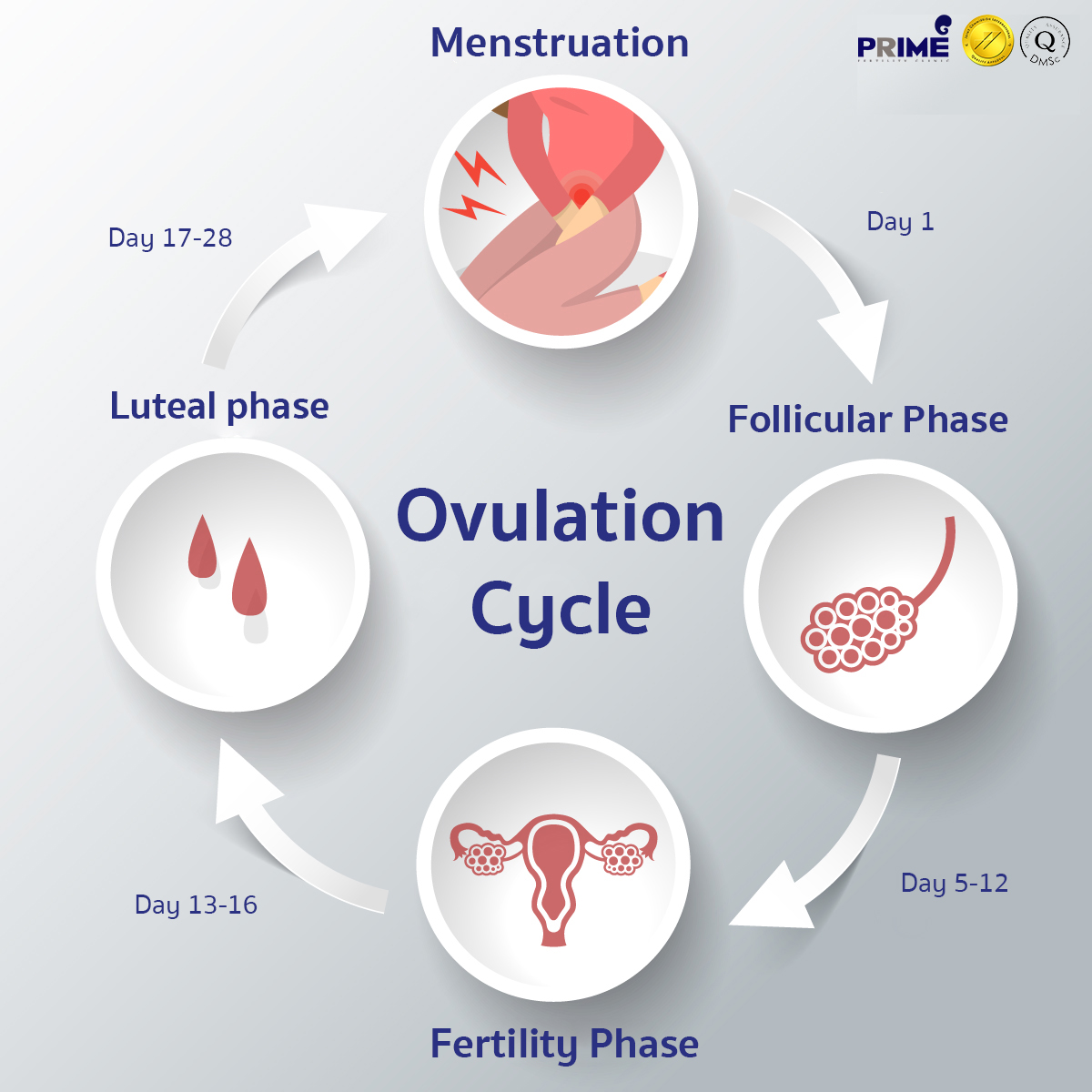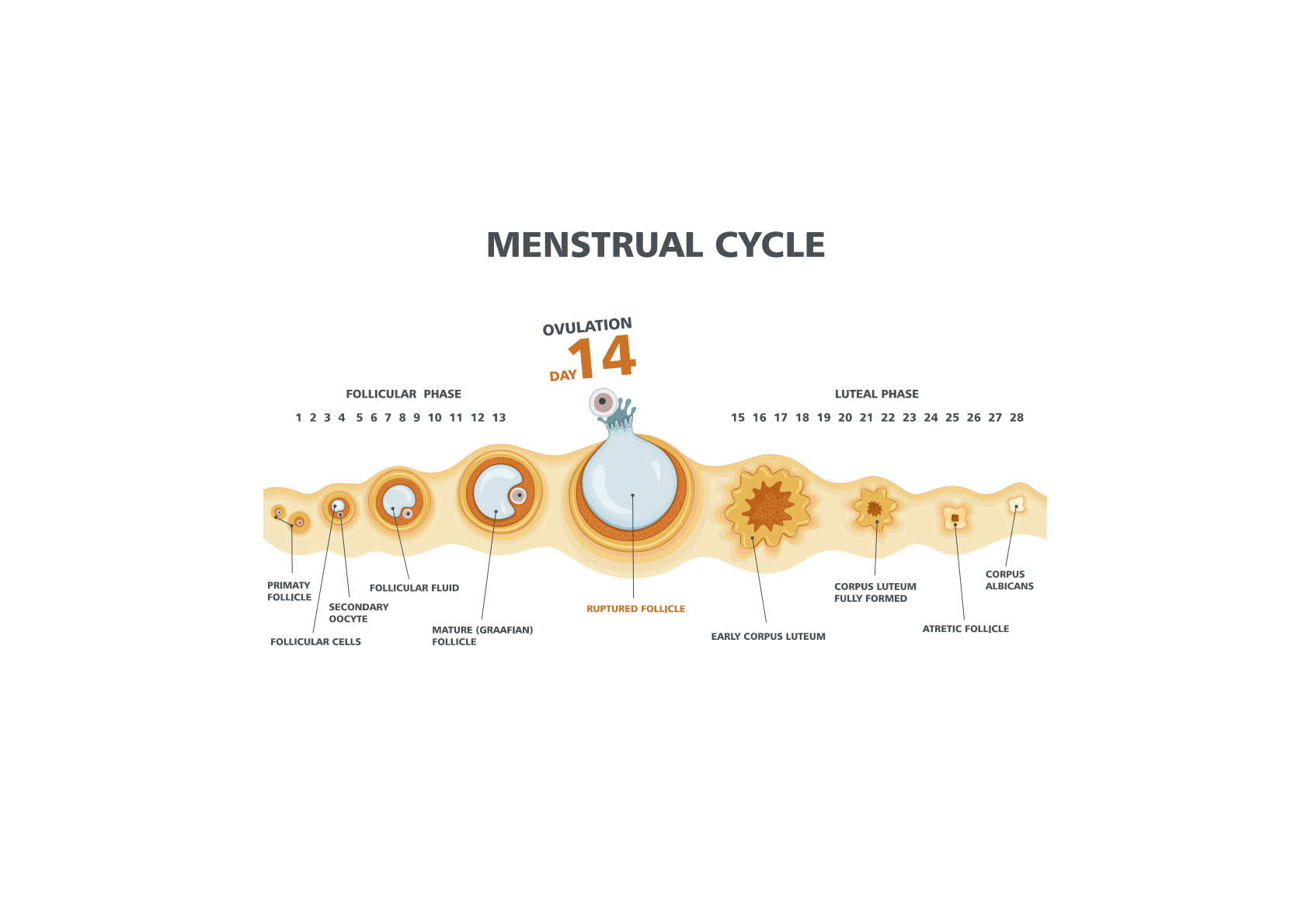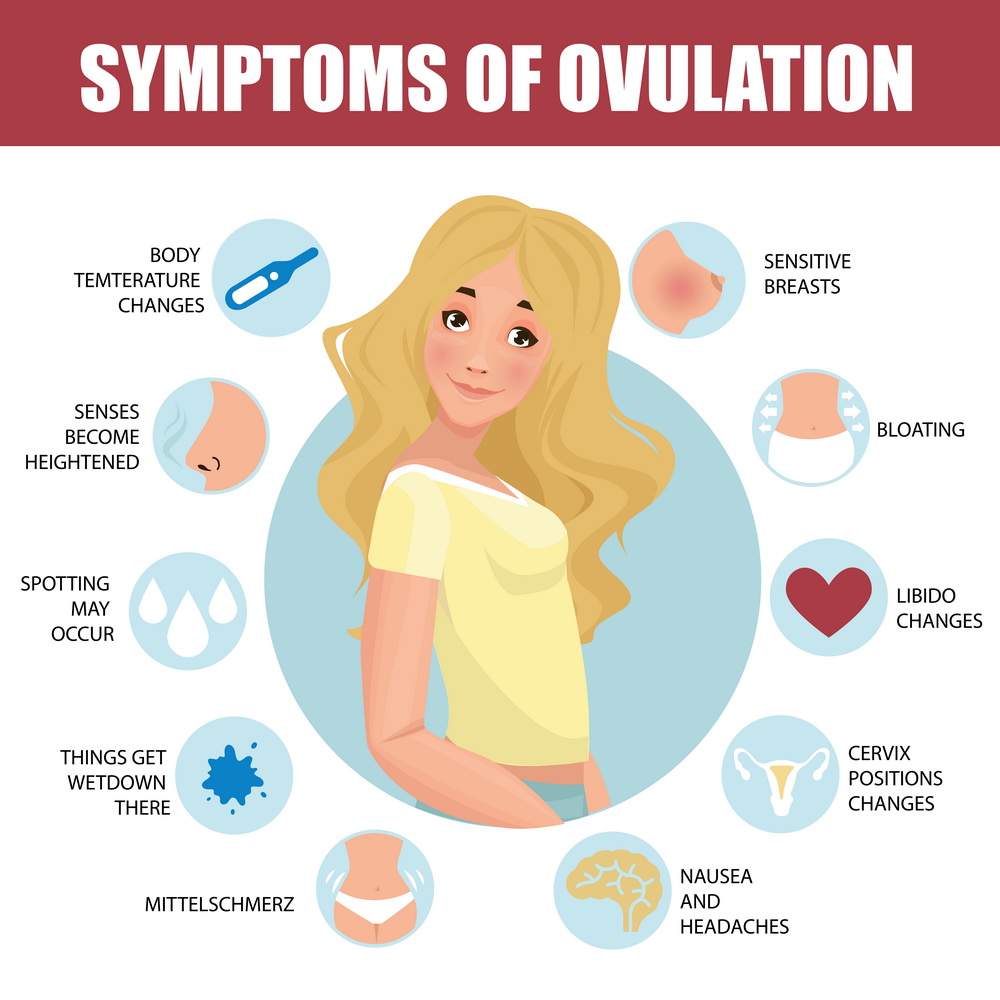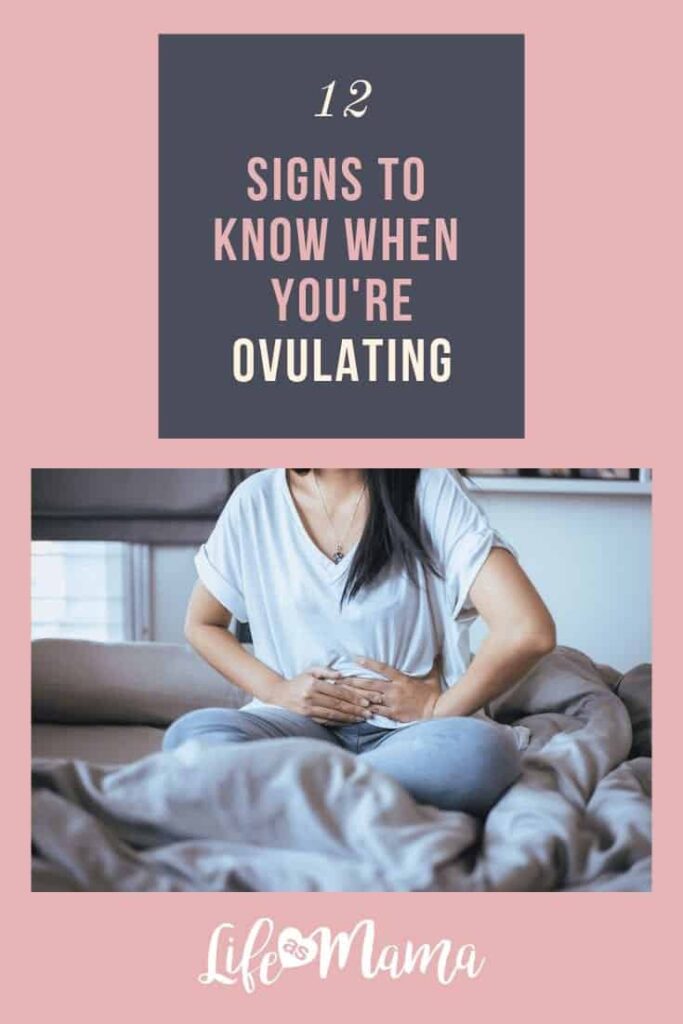How Do You Know When You're Done Ovulating - Here's what to expect — and how to use this information to increase your chances of getting pregnant. Signs of ovulation can include increased basal body temperature, mild cramps and more. You know you probably ovulate right in the middle of your menstrual cycle, but are there ovulation symptoms that can give you a heads up? Keep reading to learn what happens during ovulation, when it occurs, why it may be a sign of fertility, and the different ways to tell if you’re ovulating. We also talk about the best window to get pregnant and when to schedule. Signs of ovulation may include pelvic pain, increased body temperature, or changes in your cervical mucus and saliva. It is possible to experience several ovulation symptoms or none at all. Whether you’re tracking ovulation for pregnancy or want to stay in tune with your body, discover signs you should look for to know if you are ovulating.
Signs of ovulation can include increased basal body temperature, mild cramps and more. It is possible to experience several ovulation symptoms or none at all. We also talk about the best window to get pregnant and when to schedule. Keep reading to learn what happens during ovulation, when it occurs, why it may be a sign of fertility, and the different ways to tell if you’re ovulating. Here's what to expect — and how to use this information to increase your chances of getting pregnant. You know you probably ovulate right in the middle of your menstrual cycle, but are there ovulation symptoms that can give you a heads up? Signs of ovulation may include pelvic pain, increased body temperature, or changes in your cervical mucus and saliva. Whether you’re tracking ovulation for pregnancy or want to stay in tune with your body, discover signs you should look for to know if you are ovulating.
Signs of ovulation may include pelvic pain, increased body temperature, or changes in your cervical mucus and saliva. Here's what to expect — and how to use this information to increase your chances of getting pregnant. It is possible to experience several ovulation symptoms or none at all. You know you probably ovulate right in the middle of your menstrual cycle, but are there ovulation symptoms that can give you a heads up? We also talk about the best window to get pregnant and when to schedule. Keep reading to learn what happens during ovulation, when it occurs, why it may be a sign of fertility, and the different ways to tell if you’re ovulating. Whether you’re tracking ovulation for pregnancy or want to stay in tune with your body, discover signs you should look for to know if you are ovulating. Signs of ovulation can include increased basal body temperature, mild cramps and more.
Ovulation symptoms 10 signs you're ovulating BabyCenter
It is possible to experience several ovulation symptoms or none at all. You know you probably ovulate right in the middle of your menstrual cycle, but are there ovulation symptoms that can give you a heads up? Signs of ovulation may include pelvic pain, increased body temperature, or changes in your cervical mucus and saliva. Keep reading to learn what.
Ovulation Understanding Ovulation to Get Pregnant
We also talk about the best window to get pregnant and when to schedule. Whether you’re tracking ovulation for pregnancy or want to stay in tune with your body, discover signs you should look for to know if you are ovulating. It is possible to experience several ovulation symptoms or none at all. Here's what to expect — and how.
How Do You Know When You're Ovulating Fertility2Family Australia
Here's what to expect — and how to use this information to increase your chances of getting pregnant. We also talk about the best window to get pregnant and when to schedule. You know you probably ovulate right in the middle of your menstrual cycle, but are there ovulation symptoms that can give you a heads up? Keep reading to.
Ovulation Cycle Ovulation cycle timeline Prime Fertility Clinic
You know you probably ovulate right in the middle of your menstrual cycle, but are there ovulation symptoms that can give you a heads up? Whether you’re tracking ovulation for pregnancy or want to stay in tune with your body, discover signs you should look for to know if you are ovulating. Signs of ovulation can include increased basal body.
Ovulation Signs Infographic
Keep reading to learn what happens during ovulation, when it occurs, why it may be a sign of fertility, and the different ways to tell if you’re ovulating. You know you probably ovulate right in the middle of your menstrual cycle, but are there ovulation symptoms that can give you a heads up? Signs of ovulation can include increased basal.
6 Ways to Know When You Are Ovulating wikiHow
We also talk about the best window to get pregnant and when to schedule. Signs of ovulation can include increased basal body temperature, mild cramps and more. You know you probably ovulate right in the middle of your menstrual cycle, but are there ovulation symptoms that can give you a heads up? Whether you’re tracking ovulation for pregnancy or want.
Ovulation signs and symptoms Pharmed
It is possible to experience several ovulation symptoms or none at all. You know you probably ovulate right in the middle of your menstrual cycle, but are there ovulation symptoms that can give you a heads up? We also talk about the best window to get pregnant and when to schedule. Here's what to expect — and how to use.
What Is Ovulation? Symptoms, Tracking, and Disorders
It is possible to experience several ovulation symptoms or none at all. Whether you’re tracking ovulation for pregnancy or want to stay in tune with your body, discover signs you should look for to know if you are ovulating. Keep reading to learn what happens during ovulation, when it occurs, why it may be a sign of fertility, and the.
12 Signs To Knowing When You're Ovulating
Signs of ovulation can include increased basal body temperature, mild cramps and more. Signs of ovulation may include pelvic pain, increased body temperature, or changes in your cervical mucus and saliva. It is possible to experience several ovulation symptoms or none at all. We also talk about the best window to get pregnant and when to schedule. Here's what to.
Oday how to know when you are ovulating
Signs of ovulation may include pelvic pain, increased body temperature, or changes in your cervical mucus and saliva. Here's what to expect — and how to use this information to increase your chances of getting pregnant. Whether you’re tracking ovulation for pregnancy or want to stay in tune with your body, discover signs you should look for to know if.
You Know You Probably Ovulate Right In The Middle Of Your Menstrual Cycle, But Are There Ovulation Symptoms That Can Give You A Heads Up?
It is possible to experience several ovulation symptoms or none at all. We also talk about the best window to get pregnant and when to schedule. Signs of ovulation can include increased basal body temperature, mild cramps and more. Whether you’re tracking ovulation for pregnancy or want to stay in tune with your body, discover signs you should look for to know if you are ovulating.
Here's What To Expect — And How To Use This Information To Increase Your Chances Of Getting Pregnant.
Keep reading to learn what happens during ovulation, when it occurs, why it may be a sign of fertility, and the different ways to tell if you’re ovulating. Signs of ovulation may include pelvic pain, increased body temperature, or changes in your cervical mucus and saliva.

